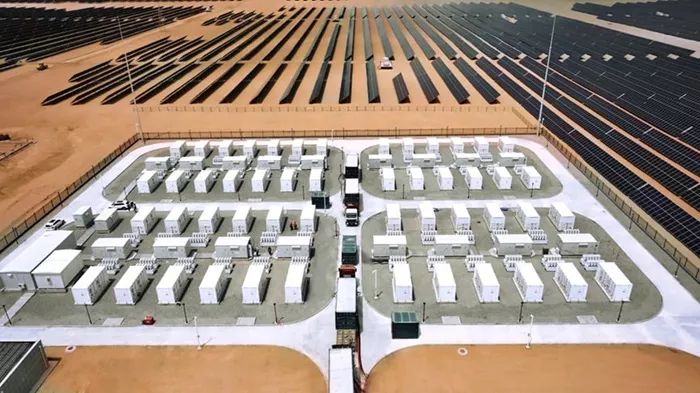In a groundbreaking development for renewable energy integration, China has successfully completed grid-connection tests for the world’s first batch of grid-forming energy storage plants. This milestone, achieved through Huawei’s innovative grid-forming smart renewable energy generator solution, marks a significant step toward enhancing the stability and efficiency of power systems reliant on renewable sources.
Landmark Projects and Performance Tests
Since March 2024, several key projects have achieved notable successes:
CR Power in Hami (25 MW/100 MWh, wind + ESS, string architecture)
CGDG in Golmud, Qinghai (50 MW/100 MWh, multi-energy)
ZDI in Ngari Prefecture (6 MW/24 MWh)
These projects have undergone rigorous testing, guided by local energy authorities SGCC and China’s Electric Power Research Institute. Notably, ZDI’s project was tested under challenging high-altitude, low-temperature conditions, demonstrating resilience in a weak power grid environment.
Enhancing Grid Stability with Renewable Integration
As global power systems transition to low-carbon sources, integrating renewable energy and power electronics poses stability challenges. Countries and regions must enhance the grid integration performance of PV, wind, and energy storage systems (ESS) to ensure these technologies function similarly to traditional synchronous generators. Huawei Digital Power is committed to addressing these challenges by combining digital and power electronics technologies and collaborating with global power companies, grid operators, and electricity providers.
Key Achievements in CR Power Project
The CR Power project has set a global precedent by passing extensive unit, site, and system-level tests, including:
High/low voltage disturbance
Phase angle jump
Low-frequency oscillation
Damping performance
Grid-following/grid-forming mode switching
This project also achieved the world’s first black start test for string grid-forming energy storage in on-grid scenarios, significantly reducing black start time to mere minutes, compared to the hours or days required by traditional methods.
CGDG’s Multi-Energy Plant in Golmud
CGDG’s renewable energy plant in Golmud combines PV, wind, solar thermal, and conventional energy storage, powered by a 50 MW/100 MWh Huawei grid-forming smart string ESS solution. Performance tests confirmed the solution’s excellent grid-forming capabilities, compatibility with various power supplies, and the parallel operational capability of multiple devices. The project also achieved a world-first 35 kV and 110 kV short-circuit test, with 600 power conversion systems (PCS) running stably and providing rapid reactive power support under fault conditions.
Challenges Overcome in Ngari Prefecture
Ngari Prefecture, with its average altitude of 4,500 meters and harsh winter temperatures below –20°C, poses significant challenges for power grids. To meet the growing electricity demands, ZDI conducted comprehensive grid-connection tests, including primary frequency regulation, inertia response, and high/low voltage ride-through. These tests demonstrated the Huawei solution’s ability to enhance grid strength and resilience, significantly improving on-grid power generation capabilities.
Implications for Future Renewable Integration
The successful tests across these projects have provided valuable data and experience for mitigating the safety and stability risks associated with high renewable energy integration. Grid-forming energy storage plants can fortify renewable power plants and provide stable support during transient states, thus improving local grid integration of renewable energy. Huawei’s transition from “grid-following” to “grid-forming” technology represents a significant breakthrough, marking a crucial step toward building new power systems and advancing carbon neutrality efforts.
Conclusion
Huawei’s achievements in grid-forming smart renewable energy generator solutions herald a new era in renewable energy integration. These pioneering projects not only demonstrate the potential for large-scale application but also pave the way for more resilient and efficient power systems worldwide.
Related topics:
- Caterpillar C27: The Comprehensive Review
- 3 Best Kohler Whole Home Generator In 2024
- TOP 3 Generac Whole Home Generator In 2024

